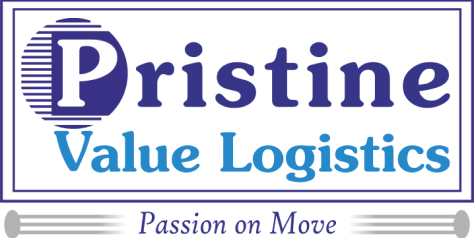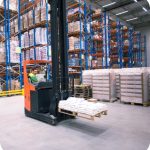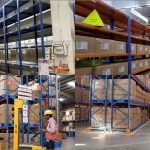India has come to be known as the ‘World’s Pharmacy’ with the advent of the generic medicines industry, with an impressive surge in domestic sales and exports. The success of this industry has shown a positive impact on the country’s social and economic welfare put together. The success of the industry has not only ensured a higher employment rate, but it has also ensured the access to affordable medicines to civilians around the globe, giving India the title of the ‘World’s Pharmacy.’
The triumphant performance of the industry has set healthcare supply chain to the path of improvement as well. The industry has seen a quantitative and qualitative boost directly resulting from the growing business of generic medicines.
Despite its success, or some might say because of it, the industry of generic medicines in the country is not devoid of its tribulations, which may be many. But these are in no way proving to be a hurdle in the drug manufacturing market. High quality drugs are being produced and are proving advantageous to the end-consumer in a number of ways. The perfect combination of quality and affordability of the drugs is the major reason for the phenomenal success in this fast-paced industry.
In fact, the major concern has now shifted to ensuring these drugs make it to the patients in need, who are dwelling in Tier II and Tier III cities.
India’s reputation for cost-effective and good quality drugs has also made its way to the international markets and has grabbed its position on the top, clocking a volume share of a staggering 20% of the total market. The country produces good quality drugs for every ailment, ranging from common cold to anti-cancer drugs, and is recognised by medical practitioners and organizations around the world. India holds the title of having the most drugs approved by the US Food and Drug Administration outside of the US.
The increase in volume poses many challenges in supply chain for generic drugs. The fast-paced product proliferation has several implications for the supply chain, including higher manufacturing and distribution costs, more inventory, and a larger supplier base. Higher demand fluctuation resulting in complexity and disruption in supply chain schedules. Another big challenge is diverse reverse logistics scenarios. Supply chain fragmentation and gaps in infrastructure add to the already complex situation. There are very few organised 3PL players who offer pan India connectivity, use of technology and professional approach to an integrated supply chain.
While the supply chain practices are evolving to accommodate the jump in demand, supply chain managers should push for more organised and professional approach with their service providers.









